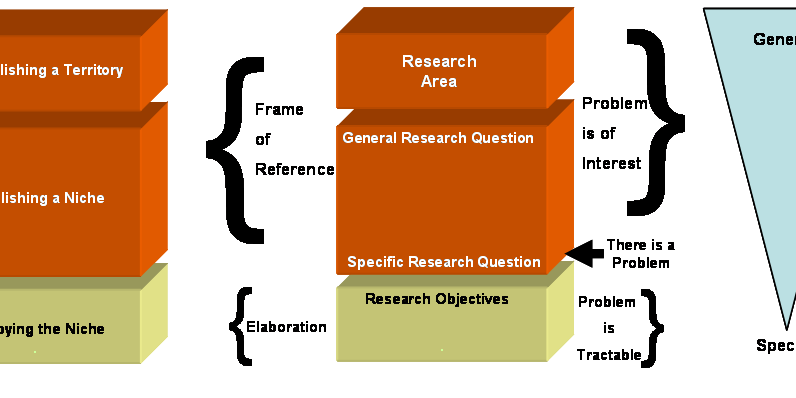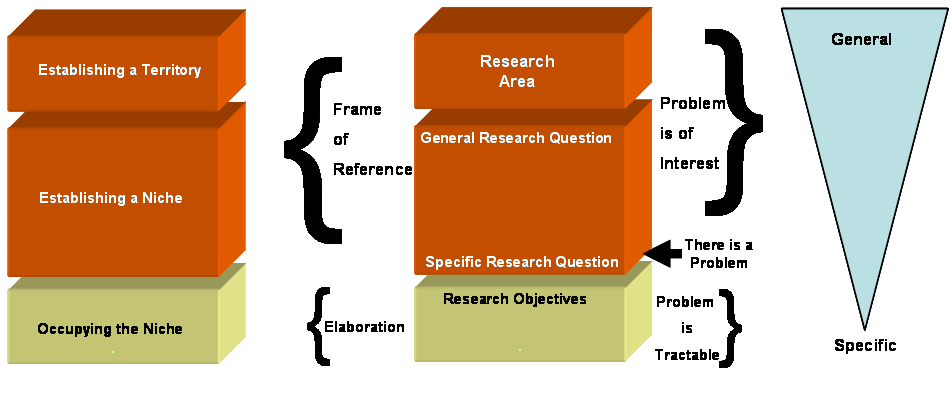A while ago my colleague Daan Andriessen brought the ‘Swales three move model for introductions’ to my attention.
Very practical, because a well-written introduction can help you in producing a well-written article. Therefore I would like to introduce you to the ‘3 moves’, this is the version of James Luberda.
Be aware that these ‘moves’ aren’t rules, but more a guideline for what readers expect in the introduction of an academic article. By making these ‘moves’ the reader will have more sufficient information to follow the storyline of your article.
Move 1 Establishing a territory
In this opening move, the writer can opt for one or more of the following actions to broadly sketch out where the subject of his/her essay falls—the “big picture”
· Point out the importance of the general subject
· Make generalizations about the subject
· Review items of previous research
Move 2 Establishing a niche
In this move, the writer then indicates to the reader the particular area of the broader subject that the essay will deal with. This can be done using one or more of the following:
· Make a counter-claim, i.e. assert something contrary to expectations
· Indicate a gap in the existing research/thinking
· Raise a question about existing research/thinking
· Suggest the essay is continuing a tradition, i.e. it is following in the footsteps of previous research/thinking
Move 3 Occupying the niche
In this move, the writer then sketches out exactly what this particular essay will accomplish in relation to move #2, and gives the reader a sense of how the essay will proceed. In general, each of the steps below will appear in this move, in order:
· Step 1: Outline the purpose of the essay, or state the research that was pursued
· Step 2: State the principal findings of the essay—what the reader can expect the essay/research will have accomplished for them by the time they get to the end
· Step 3: Indicate, roughly, the structure of the essay—what will appear in it and in what order.
Do you have a different way to prepare a well-written introduction? I would love to hear from you. Do you want to find out more about revising have a look at this blog.
Do you want to stay informed about all the handy tips, tricks and tools? Receive 244 #phd tips and get the newsletter as a bonus! Register here.






Thanks for the marvelous posting! I certainly enjoyed reading
it, you’re a great author.I will be sure to bookmark your blog and will often come
back in the future. I want to encourage you continue your great job, have a nice morning!
Thank you, you’re most welcome!